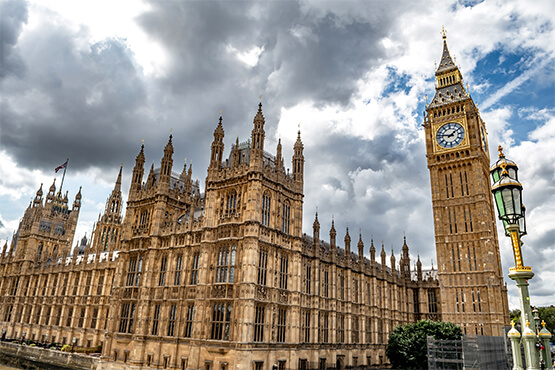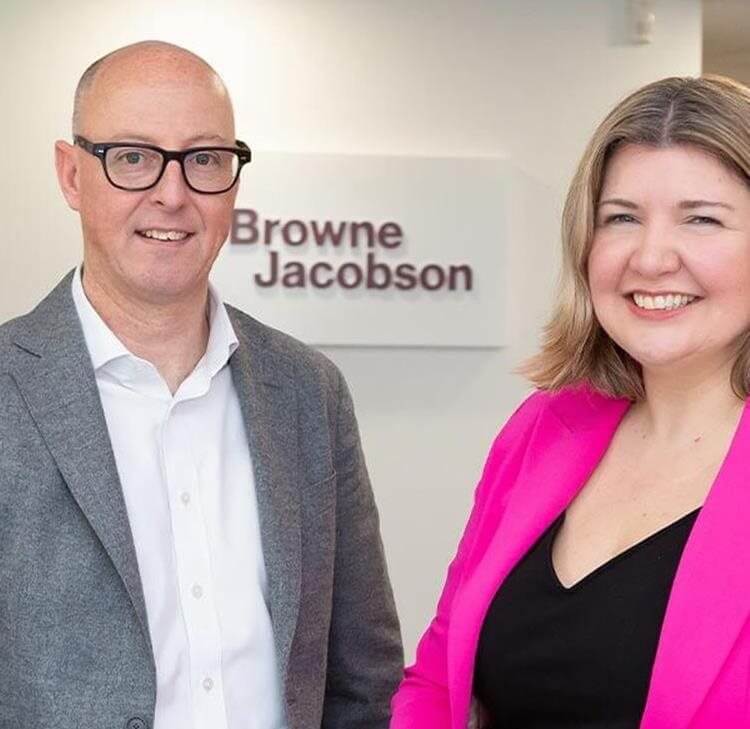Policy Position
The White Paper proposed a programme of local government reorganisation for all two-tier areas as well as for smaller or failing unitary areas. It envisaged that for most areas, unitary councils would have a population of 500,000 or more, but that there may be exceptions to this general position.
The White Paper invited proposals from areas and set an expectation that existing councils would be expected to work together to develop these and bring forward the changes as quickly as possible.
On 5 February the Government announced six areas which are part of the Devolution Priority Programme, four of which are intended to both create a new Combined County Authority and, undertake local government reorganisation (the other two areas already entirely consist of unitary councils coming together to create a combined authority). In addition, it was announced that Surrey would also undertake local government reorganisation on an accelerated timetable.
Proposals for reorganisation in the priority areas are required to be made by 26 September (except Surrey where the relevant date is 9 May), and that shadow elections for the new unitary councils will take place in May 2026, with the new unitaries vesting in April 2027. Elections have been postponed in all the areas which are in the priority group and include local government reorganisation.
In addition, local government reorganisation proposals have been invited from all remaining two-tier areas by 28 November, with an intention to elect to shadow unitaries in May 2027, with new unitaries vesting in April 2028.
All areas (both in and outside the priority areas) are required to submit interim plans by 21 March 2025 which are required to set out progress on developing proposals in an area.
The letter to all areas from the Minister sets out expectations for creation of unitary councils, indicating that where possible joint proposals should be made; that there will be an expectation of stakeholder engagement, and that there is the possibility for boundary changes (although ordinarily it is expected that new unitaries will be created from the ‘building blocks’ of existing councils). On funding, the expectation is that transition costs will be met over time from existing budgets with flexible use of capital receipts (although where Commissioners are appointed there may be some flex).
Legislative framework
The Local Government and Public Involvement in Health Act 2007 (the ‘2007 Act’) provides the legislative basis for unitisation.
Under section 2 of the 2007 Act, the Secretary of State (‘SoS’) may invite a ‘Principal Authority’ (either a county council or district council) in England to put forward a proposal for a single tier of local government. This proposal can comprise:
- A single tier of local government for the whole of the county (Type A proposal);
- A single tier of local government for a district (or more) within the county (Type B proposal);
- A single tier of local government for one of the above that also includes one or more relevant adjoining areas (e.g. all or part of an adjoining county area) (Type C Proposal);
- A combination of the above Types B or C proposals.
Up until 25 January 2008, the SoS was also able to direct principal councils to bring forward a proposal, which meant that the SoS could effectively force unitisation where proposals were not made voluntarily. However, the provision in the 2007 Act expired on 25 January 2008 and so this kind of direction is not currently available to the SoS. The indications in the White Paper are that the Government will reintroduce this power of direction in due course – although the 2007 Act will need to be amended to enable this. This is likely to be done in the English Devolution Bill, which we suspect will be introduced later in 2025, and not come into force until at least early 2026.
Proposals under section 2 of the 2007 Act do not require a consensus from every authority affected by it. However, where a proposal is made jointly by every authority, the requirements on the SoS to consult are reduced to exclude consultation with every authority affected (see below).
Subject to consultation requirements, of a proposal under section 2 of the 2007 Act, the SoS may implement the proposal, with or without modification under section 7 of the 2007 Act. They may also seek advice from the Local Government Boundary Commission (‘Commission’) who may make an alternative proposal which the SoS may implement with or without modification. However, there is no obligation on the SoS to act on a proposal.
If the SoS seeks advice from the Commission, they may not make an order or decision before six weeks from the advice being requested. There are no other specific timescales to which the SoS must adhere when taking a decision, but the SoS must consult with authorities affected by the proposal (other than those which made it) and such other persons as they think appropriate before reaching a decision.
You may be interested in...
Published Article
Devolution revolution?
Legal Update
The Homelessness and Social Housing Allocation (Wales) Bill: Can it really end homelessness in Wales?
Legal Update
Independent Water Commission report: Understanding key recommendations
Legal Update
A new planning bill for Wales: What will this mean?
Legal Update
Consultation on proposed changes to Estyn inspection regime in Wales
Press Release
Browne Jacobson appointed to Adra legal framework as housing association launches 2030 vision
Press Release
Browne Jacobson reappointed to Welsh Government Commercial Division panel
Legal Update - English devolution
Practical guide to the English Devolution Whitepaper
Press Release - English devolution
Comment on English devolution white paper
Press Release
King’s Speech 2024: Reaction from Browne Jacobson lawyers
Legal Update
The Air Quality and Soundscapes (Wales) Act 2024: How might the Act affect local authorities in Wales?
Press Release
Browne Jacobson supports establishment of East Midlands Combined County Authority
Press Release
At the forefront of society’s biggest issues - a reflection of our public sector work throughout 2023
Press Release - Firm news
Browne Jacobson bolsters presence in Wales with three new appointments
On-Demand
Practical Public Law Practice in Wales - The Welsh Admin Court and legitimate expectation
Press Release
Browne Jacobson’s public law team recognised in Wales Legal Awards 2023
Press Release
Browne Jacobson announces appointment of Barrister to its Cardiff office
Legal Update
Browne Jacobson grows Cardiff team with two new appointments
Press Release
Browne Jacobson advising the Welsh Government on the delivery of significant number of renewable energy projects
Press Release - #BeingBrowneJacobson
Our new office in the heart of Cardiff city centre
Opinion
Is over centralisation hindering economic growth?
Legal Update
The Retained EU Law
Created at the end of the Brexit transition period, Retained EU Law is a category of domestic law that consists of EU-derived legislation retained in our domestic legal framework by the European Union (Withdrawal) Act 2018. This was never intended to be a permanent arrangement as parliament promised to deal with retained EU law through the Retained EU Law (Revocation and Reform) Bill (the “Bill”).
Legal Update
Significant intervention by Senedd Environmental Committee
A Senedd committee has made a significant intervention in relation to post-Brexit environmental protection arrangements in Wales.
Legal Update
Welsh Human Rights Bill: A parting of the ways?
The Welsh Government has published a report setting out a blueprint for devolution of justice and policing in Wales that pulls no punches in making the case for taking greater control from Westminster.
Legal Update
The Introduction of the Social Partnership and Public Procurement (Wales) Bill by the Welsh Government
Legal Update
Changes to the statutory framework for local government in Wales
The Local Government and Elections (Wales) Act 2021 (“the Act”) establishes a new and reformed legislative framework for Welsh local government elections, democracy, governance and performance. Many of the most significant changes contained in the Act came into force earlier this month.
Published Article
Building systems – the lessons to be learned
At Browne Jacobson, we have been working with NHS and local government bodies at national and more local levels on this system reform, and so this is a question we’ve been working to answer for some time.
Press Release
Browne Jacobson’s energy & infrastructure specialists advise Welsh European Funding Office on major tidal renewable energy project
Browne Jacobson’s specialist energy & infrastructure lawyers have advised the Welsh European Funding Office (WEFO) on a significant £31m funded tidal energy project, located in Anglesey, off the North West coast of Wales.
Legal Update
Aarhus legal costs in environmental claims
Legal Update
Wynne-Finch and others v Natural Resources Body for Wales [2021] EWCA Civ 1473
Historic exceptions of mines and minerals did not include mudstone, the common rock of the district.























